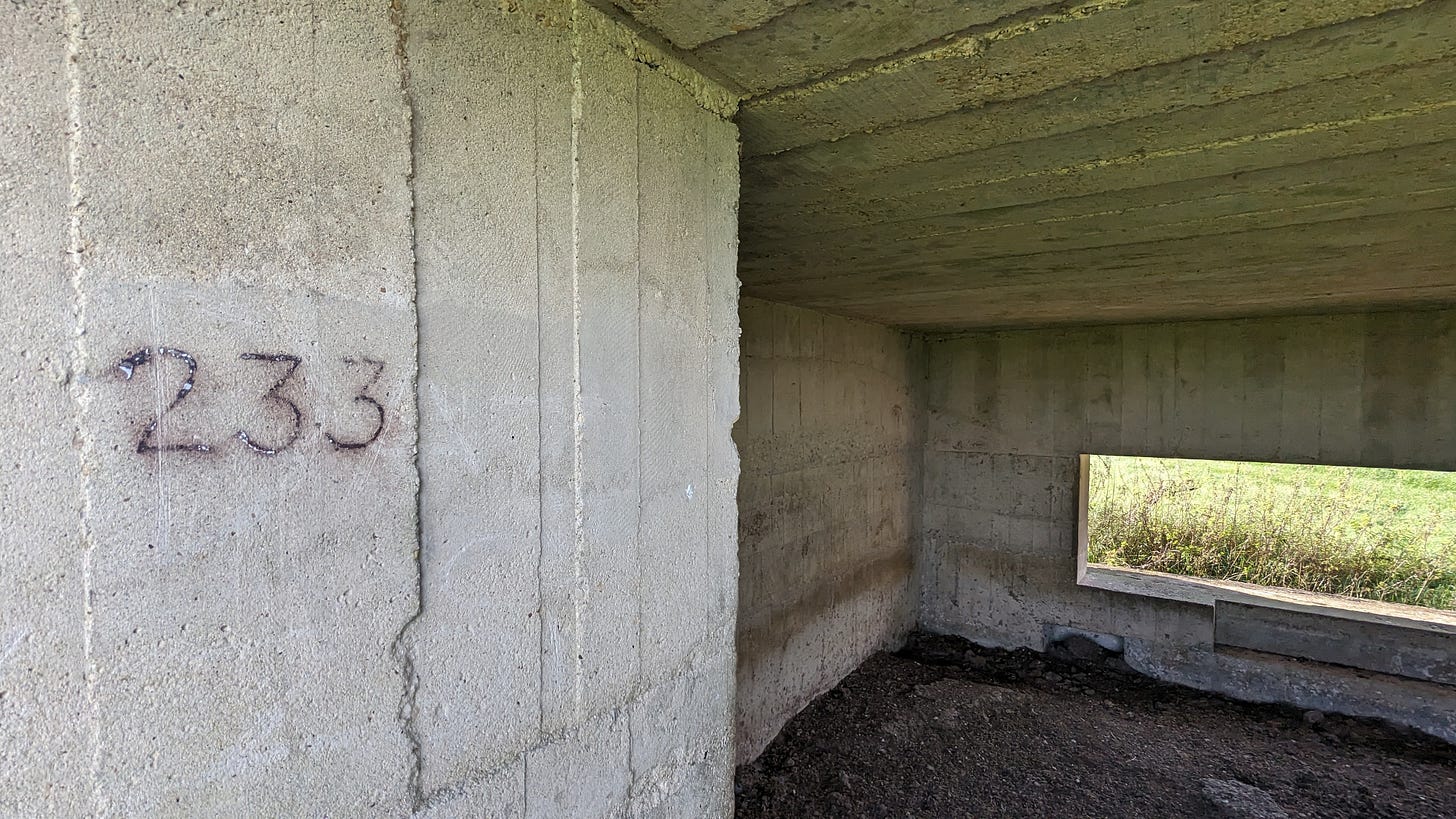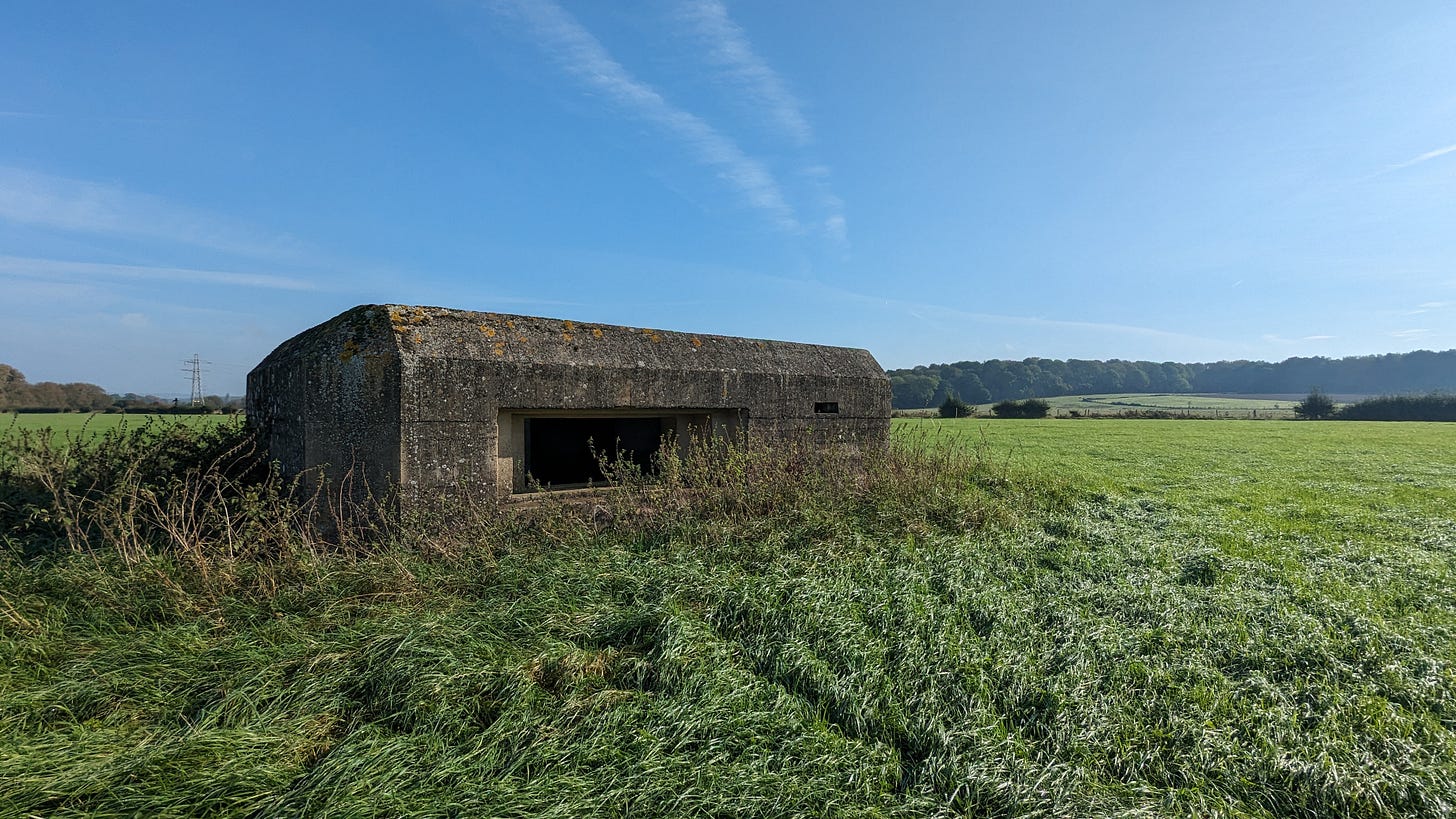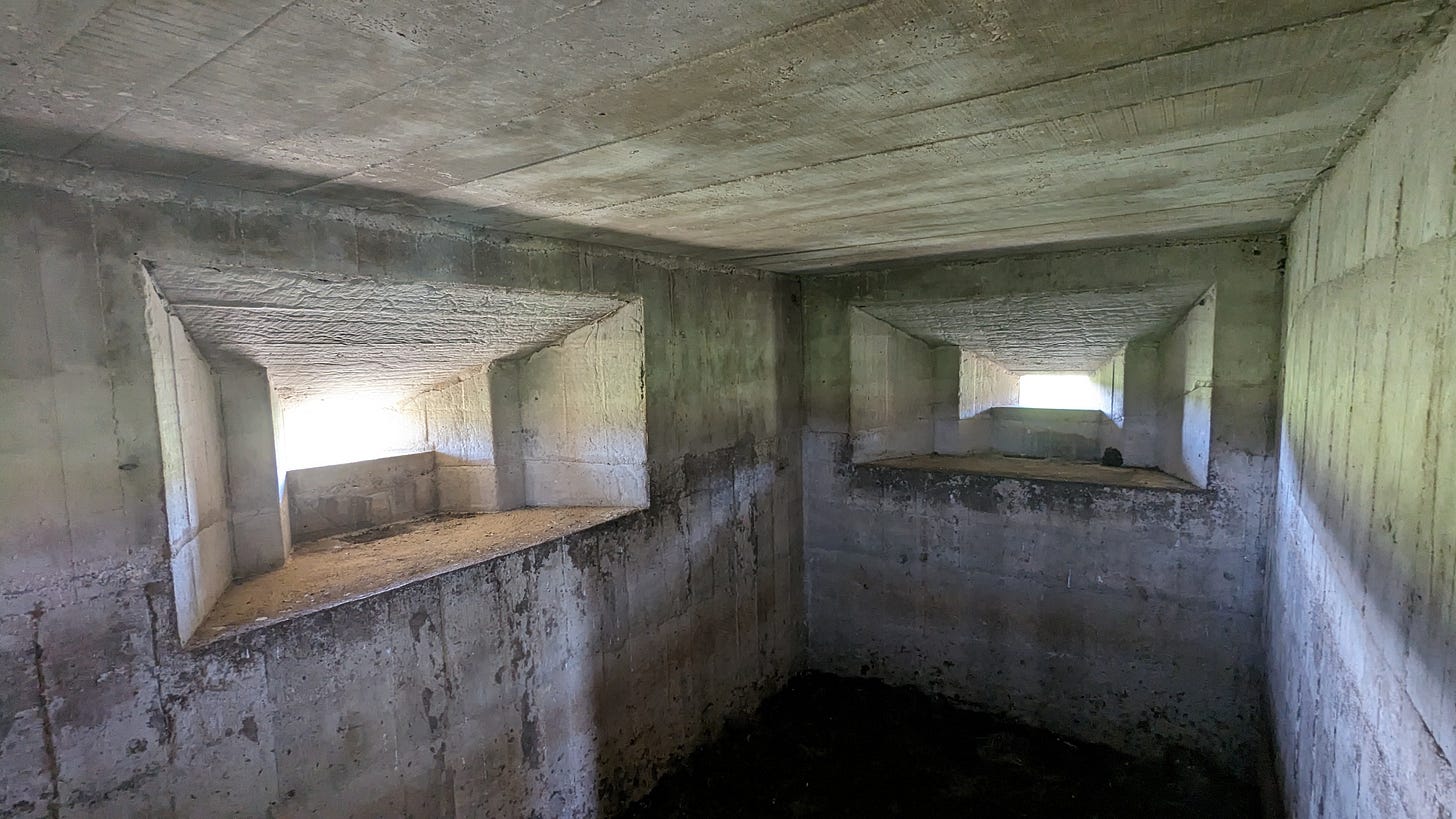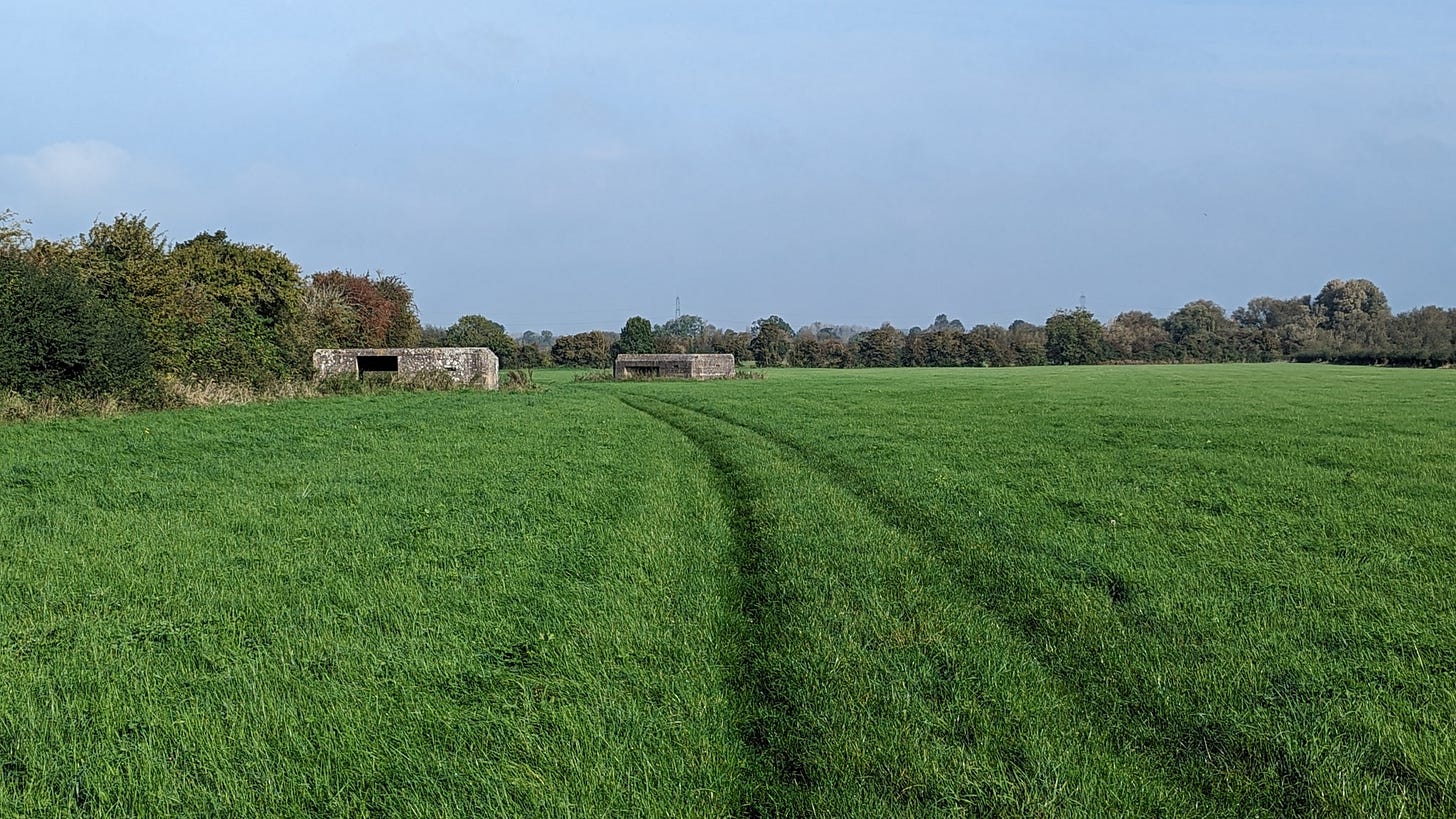GHQ Line: The last-ditch defence in our own backyard
In 1940, the storm clouds of a full-scale Nazi invasion of Britain were looming
It was the last line of defence in our own backyard should the unthinkable happen.
Barring a feeble attempt by the French to invade Wales in 1797, it had been centuries since a foreign army had successfully set foot on British mainland soil.
But in 1940, with the country on the ropes after Dunkirk, the storm clouds of a full-scale Nazi invasion of Britain were looming ominously.
After achieving superiority in the skies and seas of the South Coast, the might of the Germany army would sweep into England and march on London as part of their much-feared Unternehmen Seelöwe, or Operation Sealion.
And so began an incredible project to construct a vast network of fortified bunkers to protect the strategic roads, rivers and railways that Hitler would need to move men and supplies once they'd landed on the beaches.
In just a few months from the summer of 1940, 28,000 ‘hardened field defences’ - more commonly known as pillboxes were built - around a quarter of which still survive today, many in Oxfordshire.
Made from reinforced concrete, and camouflaged to blend in with their surroundings, they would have bristled with an array of weapons, including anti-tank artillery and machine guns, backed up by nearby anti-tank ditches and anti-tank obstacles.
This last-ditch line of defence, known as the General Headquarters (GHQ) Stop Line, divided England into ‘green’, ‘blue’ and ‘red’ killing zones.
In simple terms, green covered Somerset, Wiltshire, Gloucestershire and Bristol; blue protected Berkshire while red guarded what is now Oxfordshire.
The plan was to slow down and contain the invading force long enough for British troops to counter-attack.
A 1940 War Office memo read: “The immediate object is to divide England into several small fields surrounded by a hedge of anti-tank obstacles which is strong defensively, using natural accidents of the ground where possible.
“Should armoured fighting vehicles attack, or airborne attacks break into the enclosures, the policy will be to close the gate by blocking the crossing over the obstacles and to let the ‘dogs’, in the shape of armoured formations, or other troops, to round up the cattle.”
An eastern line from Essex to Edinburgh was never completed, while London itself was protected by a separate scheme known as the Outer London Defence Ring.
Thankfully this drastic insurance policy never needed to be cashed in, and the guns were never fired in anger.
Hitler’s failure to defeat the RAF in the Battle of Britain meant he never achieved the air superiority he needed for a land invasion, and an order was issued in February 1941 that no more pillboxes be built.
Many of these imposing structures can still be seen across England, especially along the River Thames in Oxfordshire.
They are too numerous to mention individually, but in a field near Netherton are two perfectly-preserved Type 28a anti-tank emplacements, while eight 5ft anti-tank cubes can can be seen by the roadside in Long Wittenham, where an anti-tank ditch met the Thames at Clifton Lock.
There are further excellent examples of gun emplacements and machine gun nests in Little Wittenham, Marcham, Abingdon, Culham and Dorchester.
Recommended further reading
The Pillbox Study Group is an excellent UK resource, with interactive maps and tons of detailed background information.
For more local examples and photos, visit this feature on HubPages.









